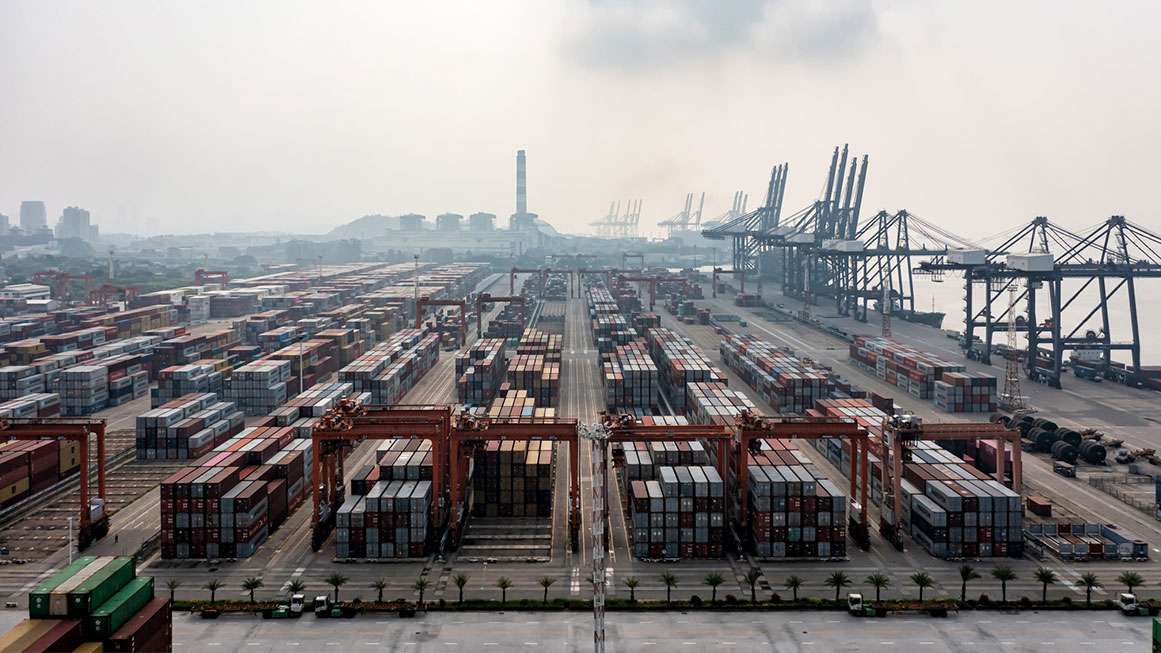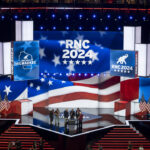There is a concerning amount of deliberate amnesia surrounding American trade policy currently, impacting not only the two presidential candidates pandering to voters, but also the experts who should know better.
“I think that link, in terms of tariffs to prices, has been largely debunked,” U.S. Trade Representative Katherine Tai told reporters during a mid-May press conference at the White House.
Tai later retracted her comments, but they were revealing nonetheless. The link between tariffs and prices has not been debunked! A report by the U.S. International Trade Commission last year concluded that U.S. consumers and businesses “bore nearly the full cost” of the tariffs imposed by former President Donald Trump. Several other studies in recent years have also confirmed this: Tariffs act as taxes on Americans, artificially inflating prices.
Indeed, if tariffs did not increase prices, they would serve no purpose. The main objective of a tariff is to influence consumer behavior away from disliked goods—such as imports from China—towards domestically produced items that would otherwise struggle in a free market based on price competition.
This is a reality that President Joe Biden used to acknowledge but seems to have forgotten. “Trump doesn’t get the basics. He thinks his tariffs are being paid by China,” Biden argued in June 2019. “Any freshman econ student could tell you that the American people are paying his tariffs.”
Perhaps Biden should consider revisiting Econ 101. In May, the White House announced new tariffs on electric vehicles (E.V.s), advanced batteries, heavy machinery used at ports, and basic medical equipment like syringes and rubber gloves.
The tariffs targeting E.V.s are particularly puzzling for the Biden administration, which has made significant investments in encouraging Americans to transition away from traditional gasoline-powered vehicles. Artificially raising the prices of E.V.s appears counterproductive to achieving widespread adoption of new technology. It seems that protecting American automakers takes precedence over reducing emissions for the president.
On the other hand, Trump is promising even more tariffs if re-elected. In various interviews this year, Trump has pledged a 10 percent tariff on all imports to the U.S. and a 60 percent tariff on goods from China.
When Trump escalated tariffs in 2018, he attempted to justify them on national security grounds. Now, he is essentially admitting it is pure protectionism, repeatedly referring to the concept as “a ring around the county” to block foreign competition.
Regardless of the rationale, it will be American consumers and businesses who bear the burden. An analysis by the Tax Foundation revealed that Trump’s proposed 10 percent tariff would equate to a $300 billion tax increase. Like any tax hike, the tariff would hinder economic growth and lead to job losses, as production decreases when costs rise. Assuming other countries retaliate by raising trade barriers, the overall impact could result in more than 825,000 jobs lost, according to Tax Foundation Senior Economist Erica York.
Raising the prices of all imported goods is unwise at any time, but especially peculiar when surveys indicate that inflation is a top economic concern for many Americans. Several estimates suggest that Trump’s proposed tariffs could cost the average American family over $1,500 annually. Expect to see some of these increased costs reflected in your grocery bills, as a significant portion of fresh fruit, coffee, and seafood consumed in the U.S. is imported.
Even if tariffs were effective in boosting domestic industries by shielding them from foreign competition—a doubtful assertion, but one often made by tariff proponents—how does artificially inflating the cost of non-domestically grown food benefit anyone?
Six years after Trump initiated higher tariffs, there is little evidence that increased import taxes on Americans have influenced China’s behavior on the global stage as originally intended. Nonetheless, the two major party presidential candidates are engaged in a competition to escalate tariffs, prioritizing political appeal over economic fundamentals and empirical data.
This article was originally published with the title “Tariffs to the Left of Me, Tariffs to the Right.”




